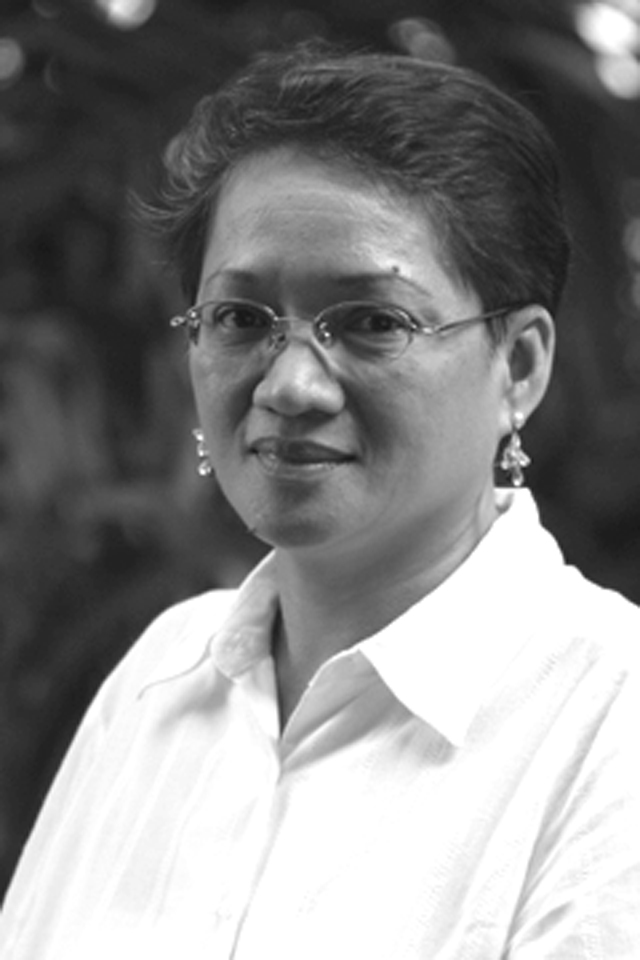
Malou Guanzon-Apalisok
This year’s barangay and Sangguniang Kabataan elections are significantly different from previous elections in the way most candidates and voters settle in social media as a campaign tool.
The last barangay election was held in October 2013.
Back then candidates relied heavily on mainstream media for political advertisements, a major source of revenues of commercial broadcast stations as well as newspapers especially major broadsheets based in the capital.
Political ads backed by short message system or texting were necessary campaign tools during that time.
In a span of five years, Filipinos especially millennials migrated from analog to the digital technology and overnight the Philippines became the “social capital” of the world.
With some 40 million social media users, a candidate needed only to be in the conversation of social networking sites like Facebook, Twitter and Instagram to gain votes.
Not surprisingly, the biggest winner in 2016 was Rodrigo Roa Duterte who, prior to his election as president, was adjudged “King of Facebook Talk” according to a Rappler article (April 08, 2016).
Small wonder barangay and Sangguniang Kabataan candidates are taking to social media to present their platform or none of it.
Many promised honest governance, prompt attention to neighborhood problems, but one candidate stood out for his candor.
Obviously bashed for failing to present any program, he retorted, “Way plataporma, sa makaya ra” (I have no platform. I will do what I can).
Elections in the village level tend to be more personality-based than other electoral exercises because candidates are mostly known entities in the community.
What is disconcerting is the audacity of certain candidates involved in illegal drugs wanting to get elected.
A friend griped that a candidate in her village in a southern town, someone who is jobless and a fixture in cockfight arenas or buwangan is running for reelection as barangay kagawad.
After venting her frustration through a blind item, netizens weighed in on the issue and shared private information about preferred or disliked candidates.
These are interesting anecdotes that reveal voters with access to digital technology (people aged 25 to 54 years old that constitute close to 37 percent of the population) have adapted to the platform in vetting candidates.
Figures provided by the statistical portal Statista reveal that in CY 2018, close to 35 million of the total 106,512, 074 population have a social media profile.
These figures are projected to climb to an astounding 38.73 percent in 3 years, which means that in 2022 over 41 million social media users will vote in a presidential election.
As the population settles in digital technology, discourses in social media will be a huge factor in the elections.
We hope our people will be more discerning in their consumption of information and learn to separate the wheat from the chaff of fake news and propaganda, make intelligent choices and help bring about political maturity among the voting population.
Disclaimer: The comments uploaded on this site do not necessarily represent or reflect the views of management and owner of Cebudailynews. We reserve the right to exclude comments that we deem to be inconsistent with our editorial standards.
